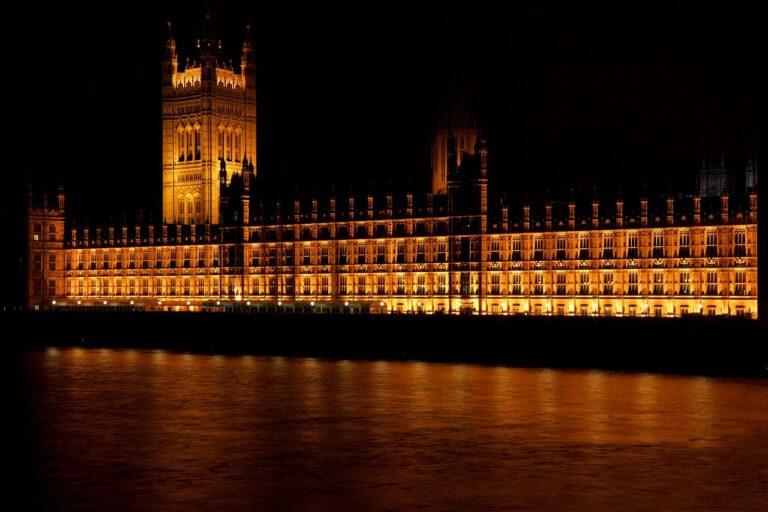The US flees Afghanistan

www.yaawdmedia.com www.yardabraawd.com
On Monday afternoon, 16 August 2021, the United States of America (US) accelerated its efforts to pull out of Afghanistan, throwing the war-built community of the last 20 years into total chaos. The chaos apart, it signaled the end of an aimless but brutally expensive excursion into this Middle Eastern country under the guise of “A War on Terrorism” which has cost American taxpayers more than US$2 trillion.
Within days of ratcheting up their activities to depart, the Afghan Government fell. The truth be told, the speed of the Afghan political leadership structure’s collapse should have come as no surprise as the Kabul Government had rotted from within for all 20 years of the United States’ war. This was a weakness known by every US commander, many of whom worried about its corruption and incompetence. They devised elaborate strategies to fix it, convincing themselves they were making progress. In the process, they built a strategy based on hope which, from the get-go, was doomed to fail. And while they paraded this strategy of hope the generals brought the media along with them to promote this policy of self-delusion. All the time the people of Afghanistan just simply sat back and waited. They knew that while the Americans had the expensive watches, they, the people of Afghanistan had the time.
From the beginning, the USA had designed the Afghan state to meet Washington’s and NATO’s counterterrorism interests, not the interests of Afghans and what has transpired is the result. The Americans had embarked on a state-building project, to which there were varying degrees of commitment, including very little at the very beginning, after the fall of the last Taliban Government, one undermined by its dependence on independent militias and commanders whose role in security was seen as necessary. These men were the power brokers or warlords and were seen as essential to that agenda, and it was very difficult to build a normal state when the militias were not only beyond political accountability but also outside of the rule of law and dominating so many regions of the country.
Afghanistan has had a long history of conflict on its soil, the most current being the Soviet invasion in 1979 followed by the US in 2001, and they didn’t require a US-dictated constitutional design to persist. The real complication about the design of the Afghan state that has now collapsed had at least as much to do with Afghans coming into the country from exile; the same dynamic that was witnessed in Iraq. Often, very talented and committed people who have been forced out of the country by the wars going back to the late 1970s tried to bargain with the leaders in Afghanistan about what kind of constitutional and power-sharing system should be designed. They were trying to create a system that would accommodate the power of the militias who had never left, in a very centralized constitutional design.
Joe Biden’s announcement in April 2021 that all US and NATO troops would be withdrawn from Afghanistan by the twentieth anniversary of the 9/11 attacks, was not favored by the Talibans as they had demanded an earlier departure. Biden’s critics have accused him of conducting a rushed, poorly planned, and chaotic withdrawal since then. On Thursday, the US Government announced that it would be sending in marines and soldiers to help evacuate embassy personnel, oblivious of the rapid massing and advance of Taliban troops. Their advance stunned American officials and left thousands of desperate Afghans trying to flee the country.
Images of Afghans holding onto and falling to their deaths from departing US military aircraft paints a grim picture of what lays ahead for sections of the Afghan population, especially those who had worked with the US occupying forces over the last two decades. What is true, too, is that the continued occupation was unsustainable both economically and politically for the United States. To this end, long before Biden had announced the withdrawal, his administration, like his predecessor Trump, had been rejecting calls from lawmakers and activists to evacuate Afghans, who now find themselves in jeopardy.
It did not help that Ashraf Ghani, the Afghanistan President had implored Biden to hold off on evacuations until US forces were gone for good, fearing that the image would undermine confidence in his government. Two Sundays ago, as the Taliban entered Kabul, the last remaining major Afghan city not under the group’s control, Ghani fled to Tajikistan, making clear that the US-backed Afghan Government had collapsed like the deck of cards that it had always represented to the Talibans.
President Biden in an ABC News interview last Wednesday defended the US withdrawal saying he did not see a way to leave Afghanistan without “chaos ensuing”. When asked whether the exit could have been handled better, Biden responded, “No, I don’t think it could have been handled in a way that we’re going to go back in hindsight and look — but the idea that there’s a way to have gotten out without chaos ensuing, I don’t know how that happens.”
Richard Hugh Blackford is a Jamaican creative artist residing in the United States.






